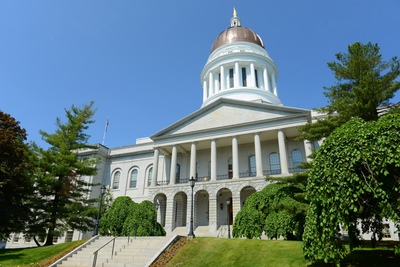
Compliance
When and Where is Legislative Testimony Considered Lobbying?
November 11, 2025 | Megan Zeiss
October 8, 2025 | Kelly Cox
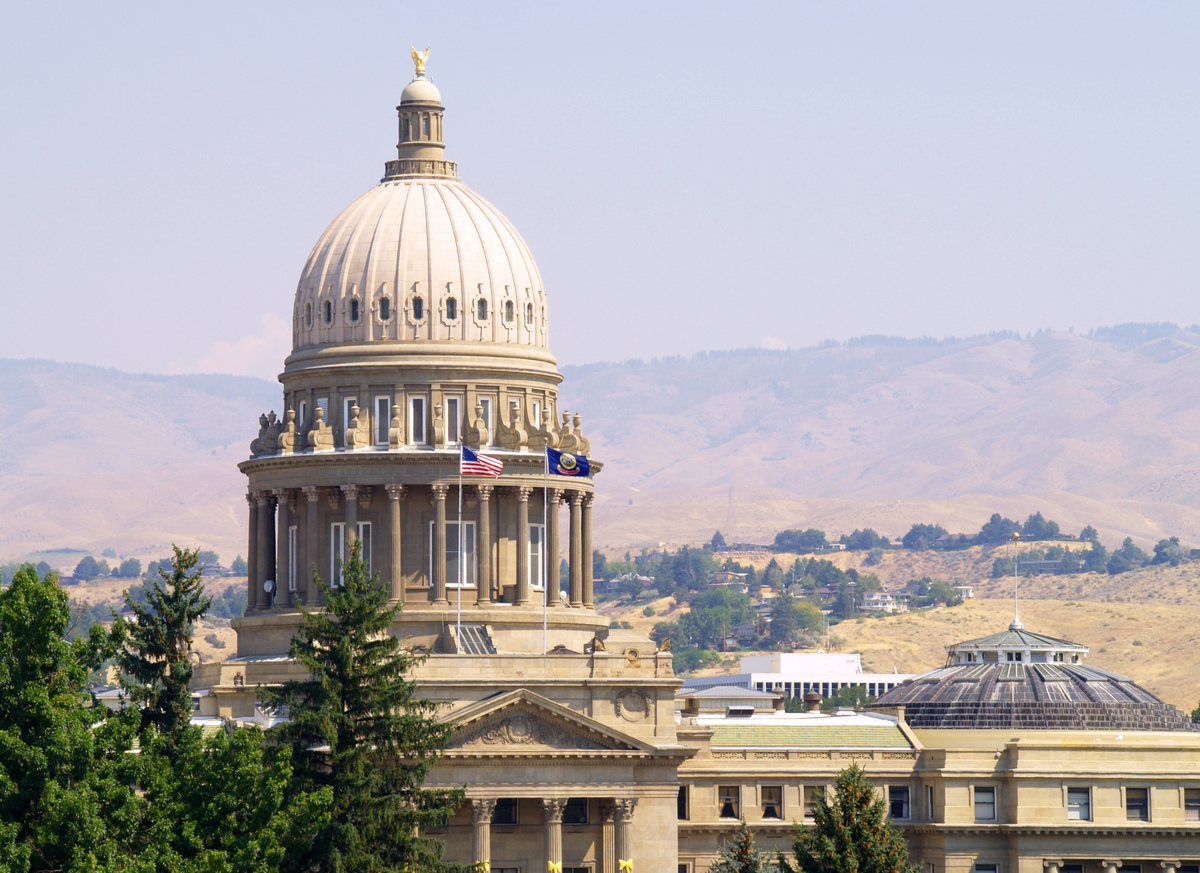
Key Takeaways:
Lobbying has undergone a dramatic transformation over the years, particularly with the rise of social media. A well-positioned social media campaign can have the same impact–or more–than a one-off meeting with a public official. In particular, grassroots efforts may greatly benefit from including social media and digital marketing to reach more people and gain public support. Viral videos or slogans can catch on quickly, rapidly influencing policy more effectively than relying on traditional meetings with legislators.
As lobbying has evolved in the digital age, states have also begun to develop their own policies and regulations specifically targeting electronic communication. Some states, like New York, have taken significant strides to regulate lobbying on social media, while others make minimal reference. It is important to understand what these regulations do and do not encompass when planning to use social media in support of your lobbying efforts.
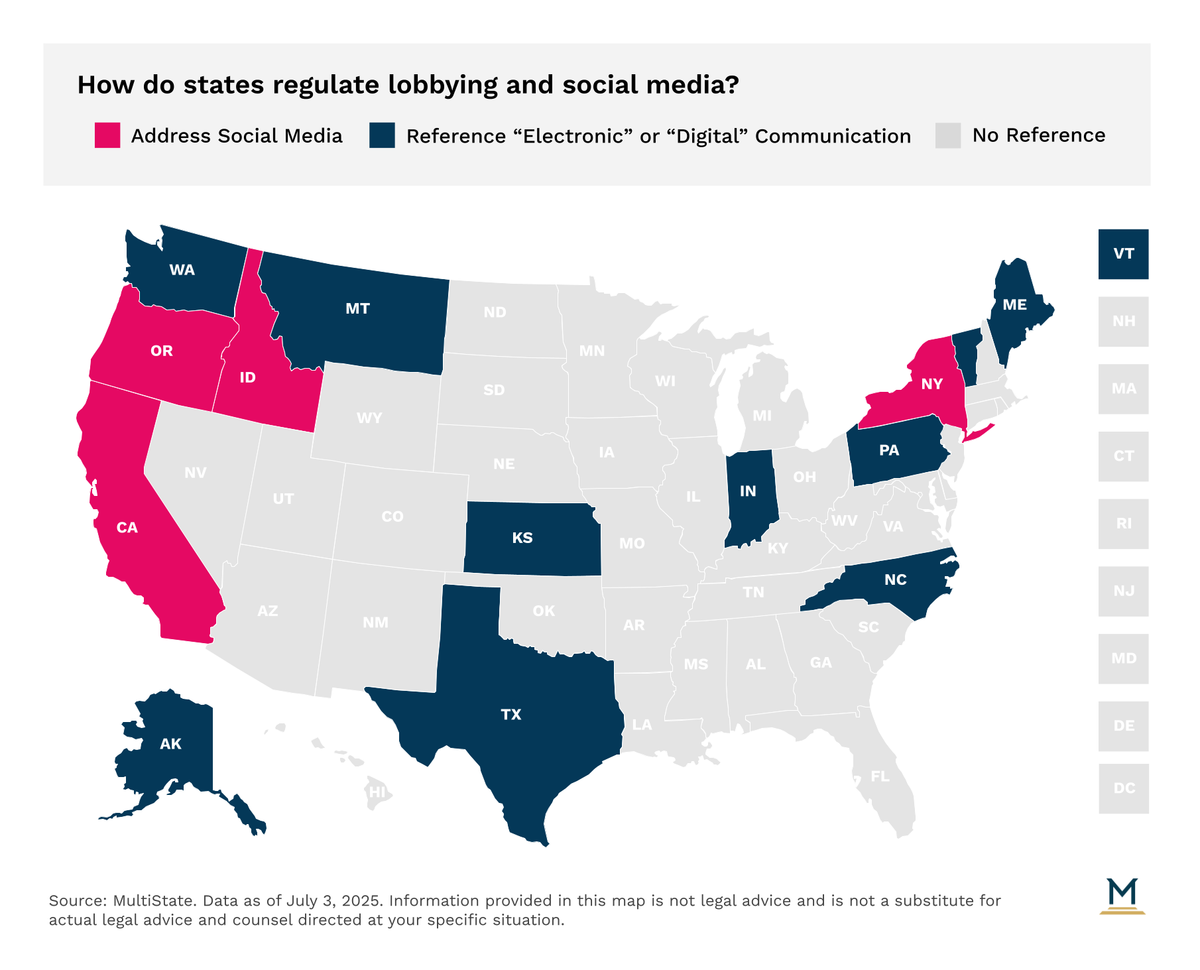
Nationally, New York has taken the most concrete steps to address lobbying via social media. The New York Codes, Rules and Regulations (NYCRR) recognizes that direct lobbying can occur on social media if posts are sent directly to a public official’s social media account. However, the NYCRR also clarifies that if an individual has direct contact with a public official through a personal social media account, this is not necessarily reportable activity. Based on these guidelines, direct lobbying through social media in the Empire State can include a direct message (DM) sent to a public official on Instagram, or a post tagging a public official that uses your organization’s official handle. While other states may not consider such activities as direct communication, New York’s unique regulations require an extra element of caution.
New York’s attention to social media extends to grassroots or indirect lobbying. Communications that include a Call to Action can be classified as reportable lobbying activity. These can be as targeted as asking the public to contact an official or as indirect as posting the contact information of a public official without specifically telling the public to contact them.
While there is some flexibility in New York for individuals to use their personal social media accounts to directly or indirectly communicate with public officials, lobbyists should be careful not to violate these established guidelines.
California has also made an effort to monitor digital lobbying efforts. The Golden State requires filing for persons who make payments totaling $5,000 or more in a calendar quarter to influence legislative or administrative action, even if they do not employ a lobbyist or contract with a lobbying firm. This expenditure includes urging voters to call their legislators, promoting social media messaging, and running electronic advertising. While less in-depth than New York, lobbyists in California should still be aware of how their online activities may be classified as reportable activity.
Idaho is the newest state aiming to regulate new forms of lobbying through legislation. House Bill 398, which went into effect on July 1, 2025, expands the scope of Idaho’s lobbying regulation to include grassroots efforts. The bill defines indirect lobbying as attempting to influence the public through means including social media-messaging or solicitation.
While other states have yet to explicitly introduce regulations addressing social media lobbying, many make references to digital and electronic communication.
For instance, Washington State requires persons making certain expenditures, such as creating websites or hiring someone to conduct online activities, to register as the sponsor of a grassroots lobbying campaign.
Pennsylvania defines indirect communication as efforts “written, oral, or by any other medium” that encourage the public to take action, including advertising online. Similarly, Texas includes any “electronic means of communication” when defining direct communication.
And while Oregon’s statutes do not mention social media, the Guide to Lobbying in Oregon, published by the Oregon Government Ethics Commission, includes all activity on social media as potential lobbying activity when undertaken to influence legislative action or engender goodwill of legislative officials.
Social media and indirect communication are powerful tools for raising awareness and mobilizing support, particularly through grassroots campaigns. However, state-level regulations and reporting obligations must be carefully considered. What’s permissible in one state, such as a comment on a public official’s social media page by your organization in Arkansas, may be classified as lobbying in another, such as New York. Lobbyists should pay close attention to states that define lobbying as any written or oral communication, even if electronic or social media messaging aren’t explicitly mentioned.
As influencer marketing and social media campaigns become increasingly attractive strategies to garner support for a cause or candidate, more states may adopt New York’s approach to regulating social media lobbying and implement new reporting guidelines. If your organization is planning to execute social media campaigns, it is important to closely review the regulations in each state and stay ahead of new developments.
Keeping up with rules, deadlines, and often confusing requirements is a daunting prospect for teams of all sizes. Let us manage your federal, state, and local registration and reporting responsibilities, or manage your Campaign Finance program. Read more about our Compliance Services here, or get in touch here.

November 11, 2025 | Megan Zeiss
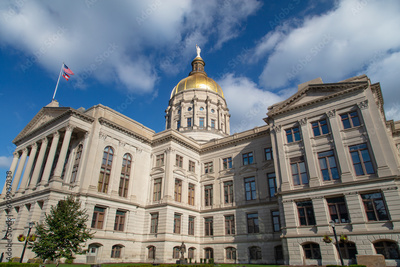
November 3, 2025 | Chase Klingensmith, Dylan Busler
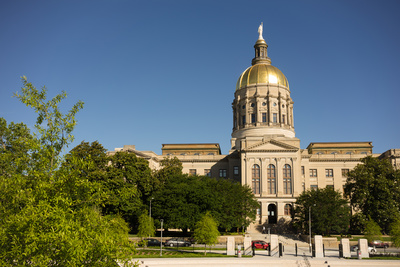
October 1, 2025 | Chase Klingensmith, Dylan Busler